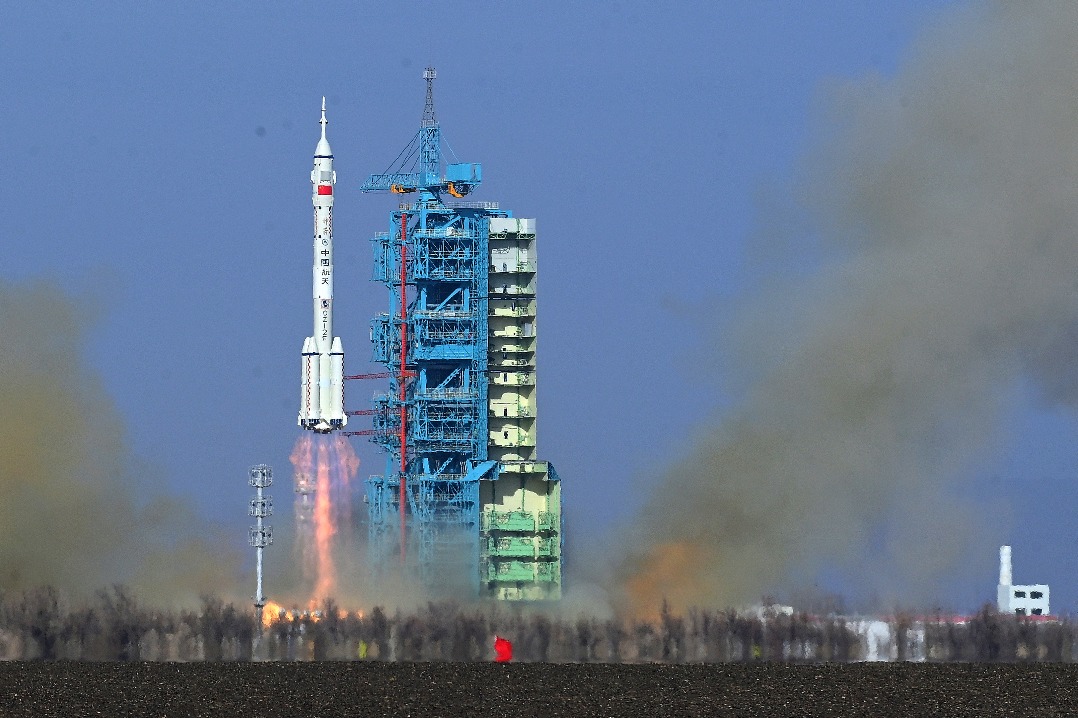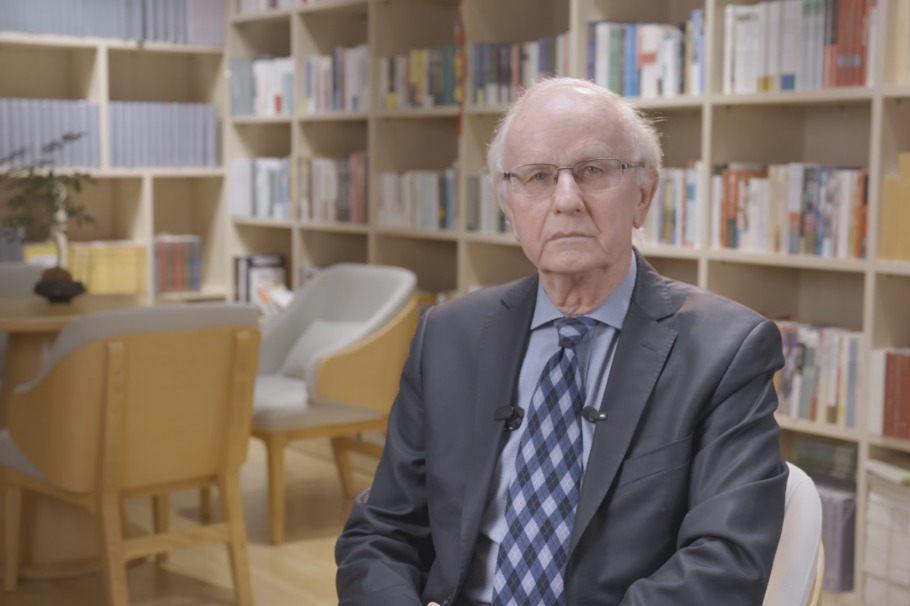River cleanup draws praise


The first step in the city’s rehabilitation measures was the construction of a wastewater treatment plant. This collected domestic and industrial wastewater within urban areas and transferred it elsewhere for treatment. The plant became operational in 1993, collecting around 1.4 million cubic meters of sewage every day.
The government later spent about $1 billion on the development of technologies to upgrade the capabilities of its sewage management system. In 2002, the authorities managed to eliminate the issue of odorous black water, a phenomenon in which the river water becomes black and emits odorous gases due to dry weather conditions.
The next project was to continuously improve the water quality. Some 4.5 billion yuan ($670 million) was devoted to these objectives.
By 2008, thanks to the holistic measures taken to improve the river conditions, the Suzhou Creek aquatic ecosystem was restored.
The creek has taken on an entirely new look in recent years. Its waterfront areas are now a popular destination for jogging, sun-tanning and picnics. The treatment plants of the past have also made way for riverside parks and new high-rise buildings.
China has identified environmental protection as a national strategy, and it began introducing the river chief system in some regions in late 2016. The following year, nearly 8,000 river chiefs in Shanghai were appointed.
Edith Mutethya in Nairobi and Xing Yi in Shanghai contributed to this story.
- Exhibition highlights connection between tech and humans
- PLA reserve personnel to get new IDs
- Wetlands of Yellow River estuary, a paradise for birds
- October crackdown targets misconduct, hedonism among officials
- Chengdu mayor investigated over suspected serious violations
- Blaze claims 13 lives, injures 16 in Hong Kong





































